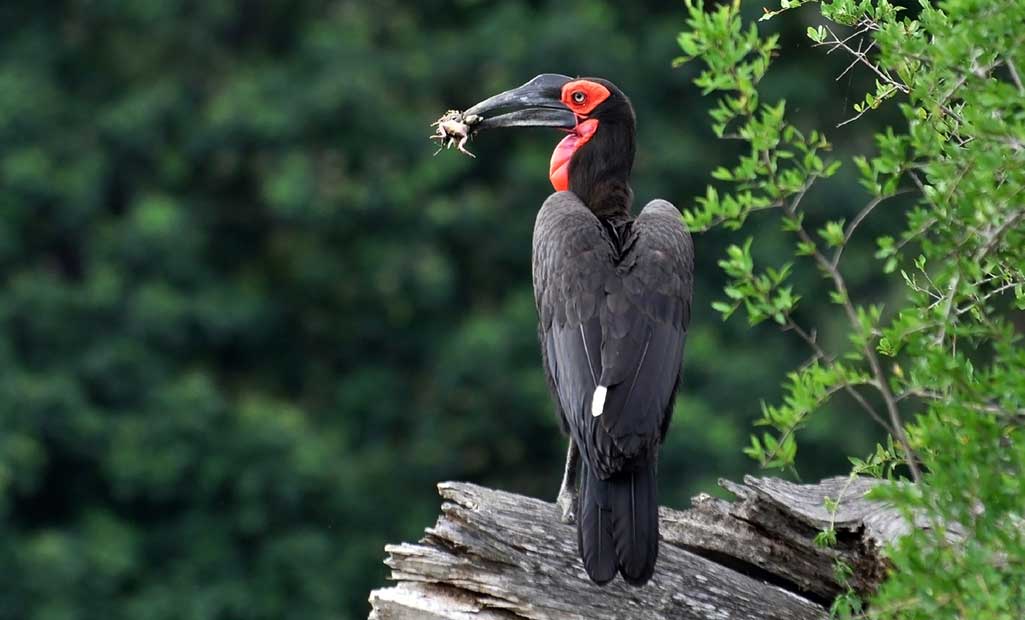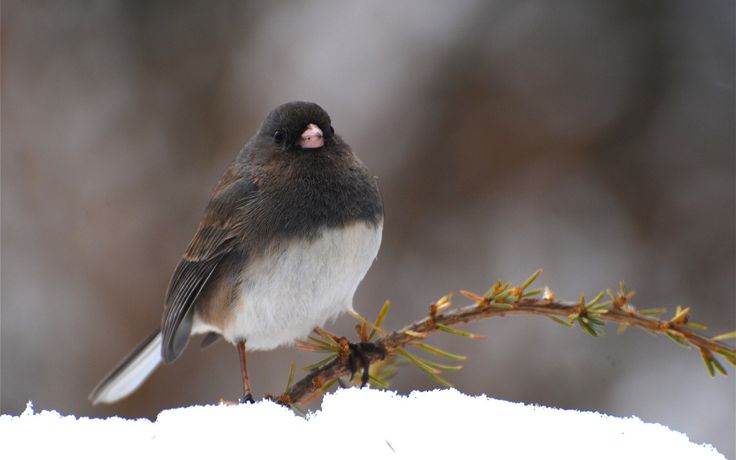What is birding season?
Birding season typically refers to the time of year when birds are most active and visible to bird watchers. Depending on the location, birding season can vary. In North America, for example, the spring and fall migrations are popular times for birders as large numbers of birds pass through on their way to breeding or wintering grounds.
In areas with more mild climates, such as parts of California or Florida, birding season can last year-round due to a greater variety of species that don’t migrate. However, in colder regions like Canada or northern Europe, summer may be the peak time for bird watching when resident birds are more active and nesting.
It’s important to note that weather patterns can also impact birding season. For example, drought conditions may cause birds to move elsewhere in search of water sources while heavy rains may flood nesting areas leading to a decline in breeding populations. Overall though, the best time for birding is when local conditions allow for optimal viewing opportunities.
Understanding bird migration patterns
Understanding bird migration patterns is crucial for birders who want to increase their chances of spotting different species during specific seasons. Bird migration refers to the movement of birds from one region to another in search of favorable breeding, feeding, and habitat conditions. Migration occurs seasonally, with most birds migrating twice a year, once during spring and again during autumn.
Birds migrate over long distances and follow established routes known as flyways. These routes are typically based on weather patterns, food availability, water sources, and geography. Understanding these factors can help you predict when certain bird species will arrive in your area or pass through it.
In general, birding season coincides with the peak times for migration in your region. For example, spring is an excellent time to go birding as many songbirds head north to breed after spending their winter months in warmer climates down south. In contrast, autumn brings a second wave of migration as birds return south for the winter months. Knowing when these migrations occur can help you plan your birdwatching trips accordingly and maximize your chances of seeing different species at various times throughout the year.
The best time for birding
The best time for birding is typically during the spring and fall migration seasons. During these times, birds are on the move, making it easier to spot a variety of species as they pass through different regions. Spring migration usually begins in late February or early March and lasts until May, while fall migration runs from August to November.
In addition to migration season, birders may also find success during breeding season when birds are more active and vocal. This period generally occurs from late spring to early summer and varies depending on the species and location. However, it’s important to note that birding during breeding season requires extra care as disturbing nesting birds can have negative consequences.
Overall, the best time for birding ultimately depends on personal preferences and goals. Some birders may prefer quieter winter months for observing resident species or specific habitats like wetlands or forests that offer year-round opportunities for sightings. Regardless of the time of year, being patient and observant are key qualities for successful birding experiences.
The worst time for birding
While birding can be an enjoyable activity throughout the year, there are certain times that are not ideal for this hobby. One of the worst times for birding is during extreme weather conditions such as heavy rainfall or snowstorms. During these conditions, birds tend to stay hidden and take shelter, making it difficult to spot them.
Another unfavorable time for birding is during breeding season. During this period, many species of birds become extremely protective and territorial of their nests and young ones, making them less likely to show themselves in open areas. Additionally, disturbing their breeding grounds can cause distress to the birds and even lead to abandonment of eggs or chicks.
Lastly, nighttime is also not a great time for birding as most species are less active at night. However, there are some nocturnal species such as owls that can be spotted during the night with proper equipment and techniques. Overall, while there may be some less-than-ideal times for birding throughout the year, there’s always something new to discover in nature if you keep your eyes peeled!
Tips for successful birding during the ideal season
One of the best times to go birding is during the spring and fall migration seasons, which typically occur between March and May, and then again from September to November. During these periods, birds are on the move as they travel to their breeding or wintering grounds. This means that you’ll have a greater chance of spotting new species or rare migrants.
To make the most out of your birding trip during these ideal seasons, it’s important to plan ahead. Research popular birding spots in your area, and choose locations that are known for attracting large numbers of birds during migration. You can also check local weather reports to determine when conditions will be optimal for bird watching – clear skies with light winds are usually best.
Another key tip for successful birding during peak season is to bring along high-quality binoculars or a spotting scope. These tools will allow you to observe birds at a distance without disturbing them, giving you an up-close look at their plumage and behavior. Additionally, consider joining a local bird watching group or taking a guided tour with an experienced birder who can help you identify different species and provide insights into their behaviors and habitats.
Conclusion: Why timing matters in birding
In conclusion, timing matters in birding for several reasons. First and foremost, bird behavior is highly influenced by the seasons. During breeding season, birds are more active and vocal as they search for mates and defend their territory. This makes it easier to spot and identify different species of birds during this time.
Secondly, different species of birds migrate at different times of the year. Knowing when certain birds will be passing through your area can help you plan your birding trips accordingly. This can increase your chances of spotting more unique or rare species that may not be present year-round.
Lastly, timing also plays a role in the overall experience of birding. Birdwatchers who venture out during early morning hours or late evening hours are more likely to see a wider variety of species than those who go out midday when many birds are resting or hiding from the heat. Overall, understanding the seasonal patterns and migration habits of birds is essential for successful birding outings and enriches our appreciation for these fascinating creatures.


